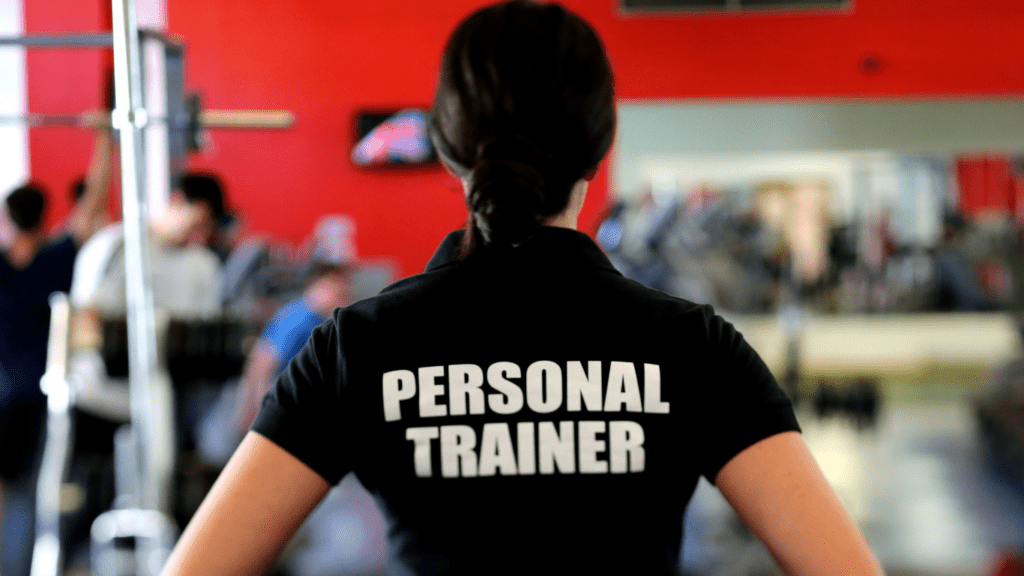What Is Padmuktasana?
Padmuktasana comes from Sanskrit: pada meaning “leg” and mukta meaning “release.” To put it plainly, it’s a yoga posture done lying on your back where one or both knees are drawn to the chest. It’s often one of the first poses taught in beginner yoga classes because it’s easy, safe, and effective.
Forget needing experience or flexibility—it’s accessible for almost everyone. You don’t need props, a mat can help (but isn’t mandatory), and you can do it in your bedroom or even at the end of a run. Best of all, it takes less than five minutes.
How to Do Padmuktasana
Here’s a quick start guide:
- Lie on your back with arms at your sides and legs extended.
- Inhale, and as you exhale, bring your right knee toward your chest.
- Hug your knee using both hands, keeping your back flat on the floor.
- Hold the position and breathe for 2030 seconds.
- Switch to your left knee.
- Optionally, bring both knees to your chest for the full pose.
Keep your shoulders relaxed, chin slightly tucked. If your neck lifts off the floor, use a folded towel under your head.
The beauty of padmuktasana lies in its simplicity. It doesn’t demand strength or flexibility. It just asks for consistency and solid breathing.
Why It’s Worth Your Time
This pose checks multiple boxes:
Digestive Health: It lightly compresses vital organs like the intestines and stomach, encouraging movement and better function. Goodbye, bloat. Lower Back Relief: Gentle spinal movement involved in hugandhold motions soothes tightness in hips and back. Stress Reduction: Lying flat and breathing deeply activates the parasympathetic nervous system—your body’s rest mode. Improved Flexibility: The gradual drawing in of the knees loosens hips and hamstrings over time.
In short, you’re getting a physical tuneup and a mental pause.
When and How Often
The best time to practice it? Morning, before meals. That way, your stomach’s empty and you avoid adding pressure to a full gut.
Try holding the position for one minute per side or two minutes with both knees in. Repeat daily. It’s great as part of a yoga sequence or a quick winddown after cardio.
No need to overthink it. Even fitting padmuktasana in while watching TV or stretching before bed adds value.
Tips to Maximize Effects
Breathe Fully: It’s easy to cheat on the breath. Focus on slow inhales through the nose and even slower exhales. That drives more oxygen into core muscles and speeds digestion. Keep Hips Grounded: Don’t let one side ride up. Even, grounded hips mean proper alignment and better results. Progress to Full Variation: Once each leg feels comfortable alone, try the full version—hugging both knees into your chest at once.
Consistency adds power to this simple move. It won’t rock your world in one go, but practiced over weeks, it becomes a quiet gamechanger.
Common Mistakes to Avoid
Holding Breath: Often people tense up and forget to breathe. Drop that. Your breath is the most critical part of the pose. Forcing the Knees Down: This isn’t about touching your chest with your thighs. It’s about connection, not compression. Rushing Through: Thirty seconds of focused breath beats five minutes of distracted holding.
Yoga’s about intention. Even in easy poses like this, how you show up matters more than how long you hold it.
Who Should Avoid Padmuktasana?
Yes, it’s mild—but some should skip it or consult a doctor first:
People recovering from abdominal surgery Women in late pregnancy Those with sciatica or a herniated disc
As always, listen to your body. Modify the move or skip it altogether if it aggravates anything.
Final Thought: Little Effort, Solid Gains
Most habits that deliver results long term aren’t flashy—they’re basic. Padmuktasana is a perfect example. You don’t need a yoga studio, special gear, or athleticism. Just a floor, 2 minutes, and the will to try.
Done regularly, it acts like a basic reset switch—helping your gut, hips, back, and even headspace feel better over time. It’s one of those things you might overlook because it’s too simple…until you start seeing results.
Make it part of your daily process. Start small, stay consistent, and let the benefits stack up.



